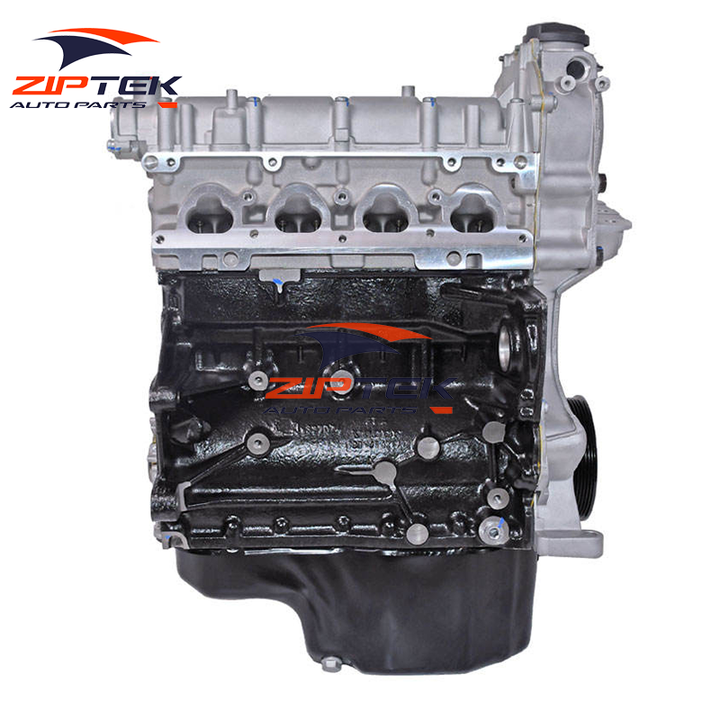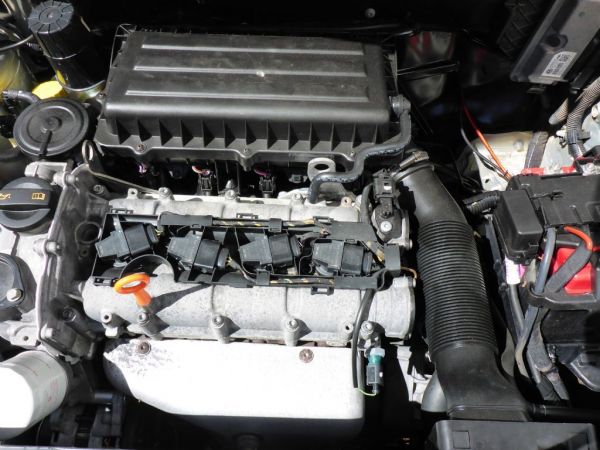Exactly How a Clp Engine Can Improve Performance in Numerous Industries
The arrival of CLP engines marks a considerable shift in functional performance throughout different markets, driven by their ability to maximize gas intake and lessen downtime. Industries such as manufacturing and logistics stand to obtain significantly from their robust layout and constant power output, which guarantee to streamline procedures and enhance performance. As organizations progressively prioritize sustainability along with effectiveness, the function of CLP engines becomes a lot more crucial. What continues to be to be seen is just how these developments will form the future landscape of industrial procedures and their effect on more comprehensive economic fads (clp engine).
Review of CLP Engines
CLP engines, or Constant Liquid Propellant engines, represent a substantial innovation in propulsion modern technology, especially for space applications. These engines utilize a continual feed system that enables for the sustained expulsion of propellant, bring about boosted effectiveness and performance contrasted to standard solid or hybrid propulsion systems. By keeping a continuous flow of fluid propellant, CLP engines can attain a lot more exact thrust control, which is essential for navigating spacecraft in various mission scenarios.
The layout of CLP engines incorporates sophisticated materials and cutting-edge gas administration systems. clp engine. This results in lowered weight and raised integrity, necessary aspects for long-duration area missions. Furthermore, the continuous operation decreases the threat of combustion instability, a common difficulty in conventional rocket engines.

Advantages in Production
The production of Constant Liquid Propellant (CLP) engines provides a number of remarkable benefits that boost both efficiency and cost-effectiveness. One of the primary advantages is the structured manufacturing procedure, which lowers the intricacy connected with traditional propulsion systems. By utilizing liquid propellant, makers can accomplish better accuracy in engine efficiency, causing enhanced power outcome and minimized waste.
Furthermore, CLP engines help with a higher degree of modularity, permitting less complicated integration right into numerous production lines. This versatility can dramatically reduce lead times and boost general operational adaptability. The usage of CLP innovation also often tends to decrease the requirement for comprehensive upkeep because of less relocating components, which converts into reduced downtime and operational expenses.

Applications in Logistics
Leveraging Continuous Liquid Propellant (CLP) engines in logistics offers significant advantages in operational efficiency and integrity. These engines provide a durable remedy for numerous transport demands, making it possible for the smooth activity of items throughout huge ranges. The intrinsic style of CLP engines permits regular power result, which equates into smoother and a lot more foreseeable transport routines.
One of the key applications of CLP engines in logistics remains in heavy-duty products transportation, where they can drive both ground and airborne automobiles. Their capability to preserve high efficiency under varying load conditions guarantees that shipment timelines are met, therefore improving client contentment. In addition, CLP engines can be incorporated right into automated logistics systems, promoting real-time monitoring and optimizing route preparation.
In addition, the durability of CLP engines minimizes upkeep downtime, enabling logistics business to maximize their functional capacities. This is especially useful in warehousing operations, where effectiveness in handling and moving products is crucial. As logistics remains to progress, the integration of go to this website CLP engines stands for a forward-thinking approach that not just improves efficiency however additionally sustains the industry's expanding needs for reliability and rate.
Effect On Energy Performance
Exactly How do Constant Fluid Propellant (CLP) engines enhance power efficiency in transport? CLP engines utilize a regular circulation of liquid gas, optimizing burning processes and keeping a stable drive output. This style minimizes power losses associated with standard combustion engines, where fuel distribution can differ and cause inefficiencies.
The continuous procedure of CLP engines enables an extra efficient thermal cycle, causing higher particular impulse contrasted to traditional engines. clp engine. This converts to reduced fuel usage for the exact same quantity of work done, significantly lowering operational expenses throughout numerous transportation sectors, consisting of air travel and maritime markets
Furthermore, the ability of CLP engines to maintain ideal efficiency under differing lots problems lowers the demand for constant velocity and slowdown, better boosting gas effectiveness. Enhanced energy effectiveness not only adds to cost savings but additionally brings about decrease greenhouse gas exhausts, straightening with international sustainability objectives.
Future Trends and Innovations
Emerging improvements in Constant Liquid Propellant (CLP) engine technology promise to change the landscape of transport effectiveness and sustainability. As markets pivot toward greener choices, CLP engines stand at the center, incorporating ingenious materials and design methodologies that boost performance while reducing environmental impact.
Among the most promising fads is the fostering of crossbreed systems that integrate CLP engines with renewable resource resources. This harmony can enhance gas usage and decrease discharges, lining up with worldwide sustainability goals. Furthermore, developments in computational fluid characteristics (CFD) are helping with the style of even more aerodynamically effective engines, leading to reduced drag and improved fuel efficiency.
Additionally, the development of smart tracking systems is established to boost functional performances. These systems take advantage of data analytics and IoT innovation to site here optimize engine performance in real-time, making certain that the engines operate within their most efficient criteria.
As study continues to discover alternate propellant solutions-- such as biofuels and synthetic gas-- the future of CLP engines looks appealing. By harnessing these innovations, sectors can not only boost their efficiency however also contribute substantially to a cleaner, much more lasting future in transportation.
Final Thought
To conclude, CLP engines represent a substantial improvement in efficiency throughout several sectors. Their ability to enhance gas usage and lower operational expenses, incorporated with a constant feed system, enhances power result and functional reliability. The assimilation of advanced products and fewer moving components minimizes maintenance needs, while alignment with sustainability goals placements CLP engines as an his comment is here essential technology for the future. Proceeded innovation in this field promises additional improvements in effectiveness and ecological efficiency.